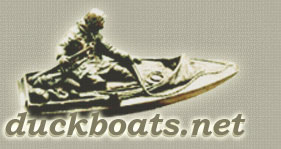I haven't posted on this forum yet but have been following some of the threads, great topics and information. Also happy to know there is a group of hunters who realize not all ducks eat corn.
I am up in Manitoba and spend much of my time chasing divers on big water. Figure its time I kick it up a notch and have a go at carving a few working cork dekes. Information on this is scant up here so I am hoping some of you can point me in the right direction to get started. I am a little late for this year as the divers have just started stacking up - but would love to have a few of my own creations floating next fall.
Any recomendations on resources, online or printed material? I am looking for basic patterns for carving cans, redheads, scaup and ring necks. I haven't been able to find much on-line.
Without breaking the bank what does a guy need for tools to get started? Type of paint?
Any information is greatly appreciated.
Cam
I am up in Manitoba and spend much of my time chasing divers on big water. Figure its time I kick it up a notch and have a go at carving a few working cork dekes. Information on this is scant up here so I am hoping some of you can point me in the right direction to get started. I am a little late for this year as the divers have just started stacking up - but would love to have a few of my own creations floating next fall.
Any recomendations on resources, online or printed material? I am looking for basic patterns for carving cans, redheads, scaup and ring necks. I haven't been able to find much on-line.
Without breaking the bank what does a guy need for tools to get started? Type of paint?
Any information is greatly appreciated.
Cam
